Search
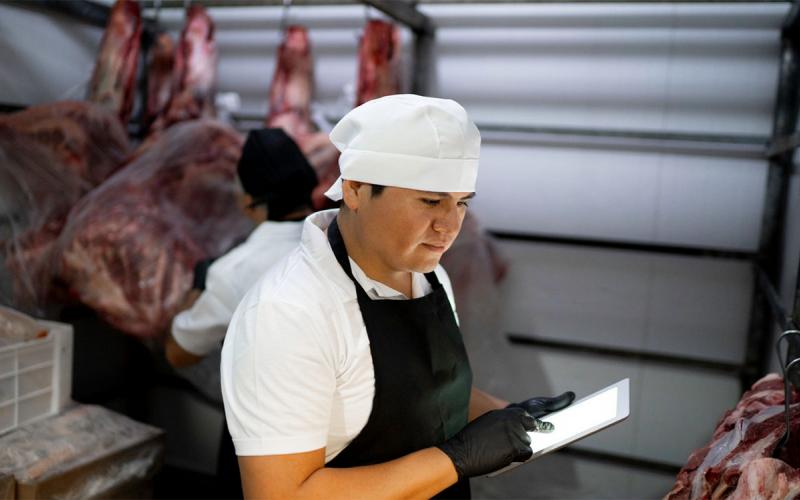
So, You Want to Build a Meat Processing Facility? Five Initial Steps to Consider
The need for more small meat processing capacity and skilled workers is not a new problem facing rural America. No matter the reason for wanting to build, here are some steps to consider before diving in.
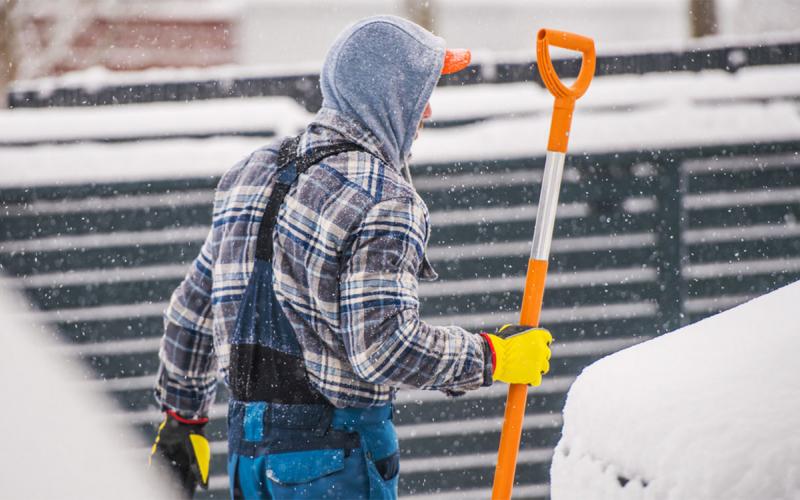
Colder Weather Tips for Midwestern Dairy Farm Employees
Cold and snowy winters are a challenge for dairy workers, especially for those immigrants coming from warmer climates. Informing workers of simple cold weather survival tips is beneficial in improving their quality of life, both at home and the workplace.

Consejos Básicos Para los Trabajadores de Lecherías de Cómo Afrontar el Invierno del Medio Oeste
Los inviernos fríos y nevados son un desafío para los trabajadores de las granjas lecheras, especialmente para aquellos inmigrantes que provienen de climas más cálidos donde las temperaturas raramente descienden a un solo dígito.
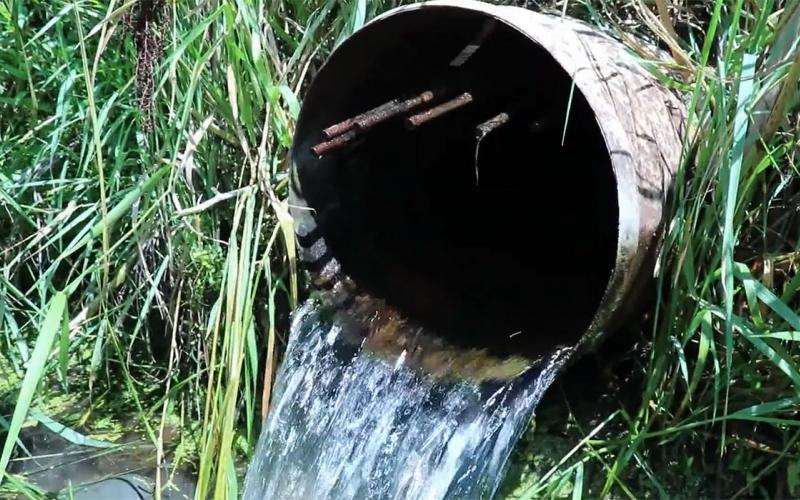
Nutrient Loss Calculator
Trying to figure out the nutrient loss in your tile drainage system? The Nutrient Loss Calculator can help. This useful tool helps landowners collect a snapshot of nutrient loss in their drainage systems.

Agronomic Considerations for Moisture Deficit Conditions
The current soil moisture stress in South Dakota could be more pronounced than we have seen in last few years. If this continues, cropping decisions may need to be adjusted for the upcoming growing season.
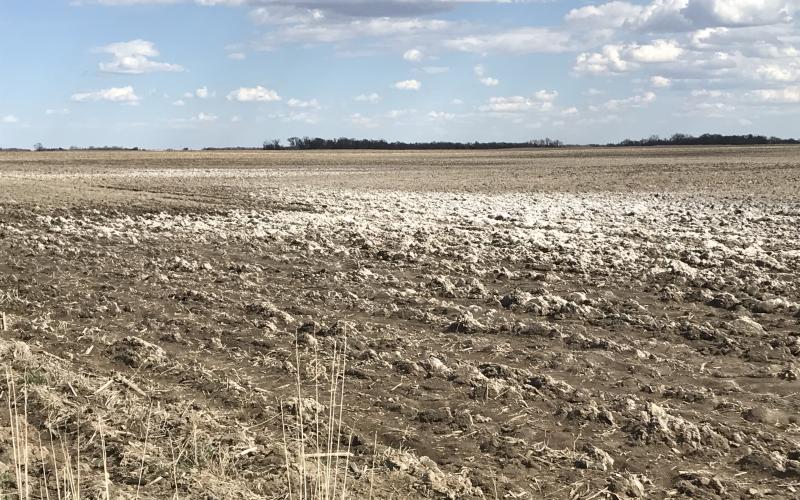
Revegetation of Salt-Impacted Soils in South Dakota
This publication provides suggested native species suitable for the revegetation of salt-impacted soils. The suggested species are listed as native to South Dakota according to the USDA NRCS Plants Database.
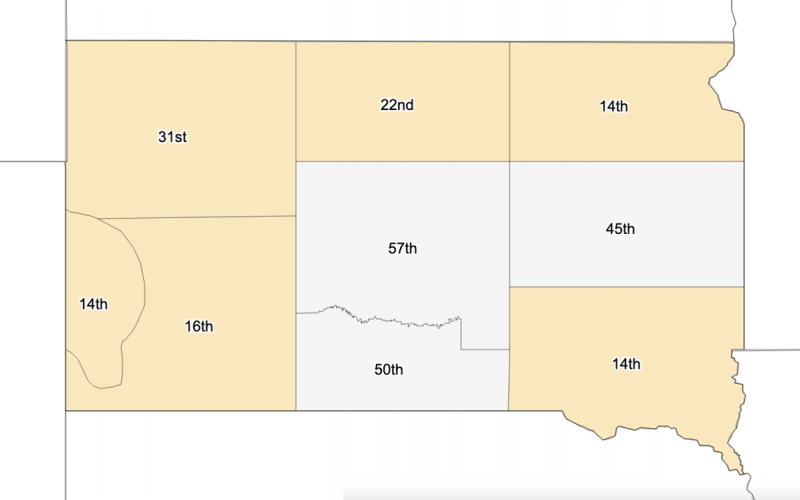
2020 Climate Summary
According to National Oceanic and Atmospheric Administrations’s National Center for Environmental Information, 2020 ranked as the 21st driest and the 18th warmest year for South Dakota.
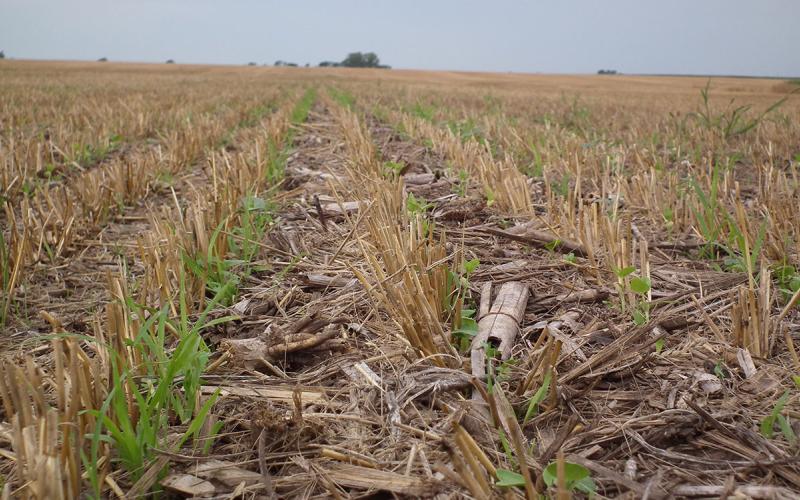
Soil Organic Matter Matters: How Conservation Practices Bring Value to Farmers
Conservation management practices, such as conservation tillage, cover crops, crop rotation and livestock integration, help improve soil health over time and offer producers numerous economic benefits.
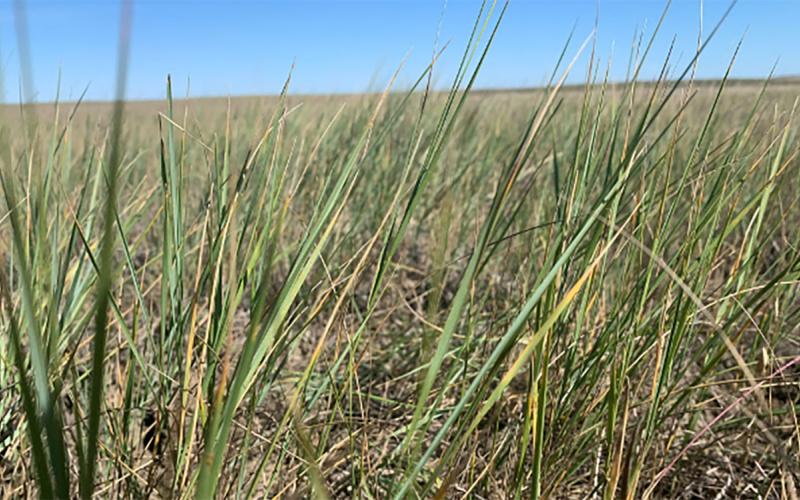
Options for Spring Turnout
Every year at green-up, grass managers must make decisions about when and where to begin grazing. Several options are available depending on pasture resources, stored feed resources and the ability to be flexible.
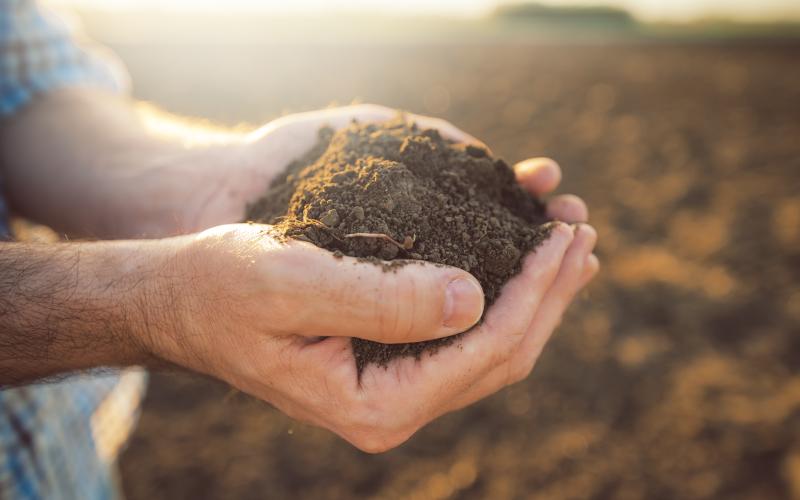
X-Ray Scanning Confirms Soil Health Benefits from Conservation Practices
Summary report of X-ray scanning confirms soil health benefits from conservation practices.